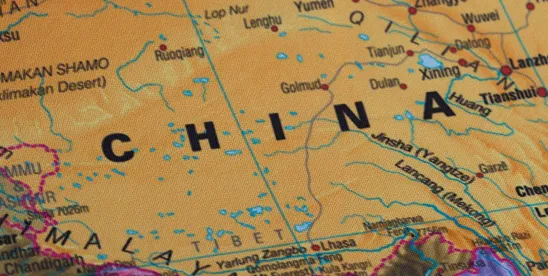China’s share of the global drug development pipeline grew from 3% in 2013 to 28% in 2023, positioning China as the second-largest region for clinical trials after the United States. Additionally, the proportion of drugs launched first in China increased from 9% in 2017 to 29% in 2023, placing China just behind the United States in terms of first-in-class launches. This trend highlights the contributions of domestic companies, whose pipelines are replenishing the global pharmaceutical landscape. As a result, NextPharma estimates that the combined value of China’s licensing-out deals reached around $46 billion in 2024, up from $38 billion in 2023 and $28 billion in 2022.
On the demand side, from 2019 to the first quarter of 2023, the National Healthcare Security Administration (NHSA) allocated 60% of savings from generic drug procurement to innovative drugs listed on the National Reimbursement Drug List (NRDL). This shift mirrors trends in developed markets where patented drugs dominate sales. By 2023, innovative drugs accounted for 15.1% of hospital drug expenditures in sample hospitals, up from less than 10% in 2018. However, affordability remains a challenge, which is significant as China continues to push for increased access to cutting-edge therapies.
The 2024 NRDL negotiations, which concluded in November 2024, offer insights into how China is addressing these affordability concerns while seeking to ensure access to innovative medicines. This GT Advisory explores five key takeaways from the 2024 NRDL negotiations and their potential implications for the future of innovative drug pricing and reimbursement in China.
- A Contradiction Between NRDL Outcomes and the Growing Influence of Chinese Companies in Global Innovation
- Support for First-in-Class and Innovative Drugs
- BMI Fund Sustainability
- A Continuous Dilemma for Multinational Companies (MNCs)
- Reimbursement Coverage Expansion: Category C and Commercial Health Insurance
Hong Zhang also contributed to this article.




 />i
/>i

